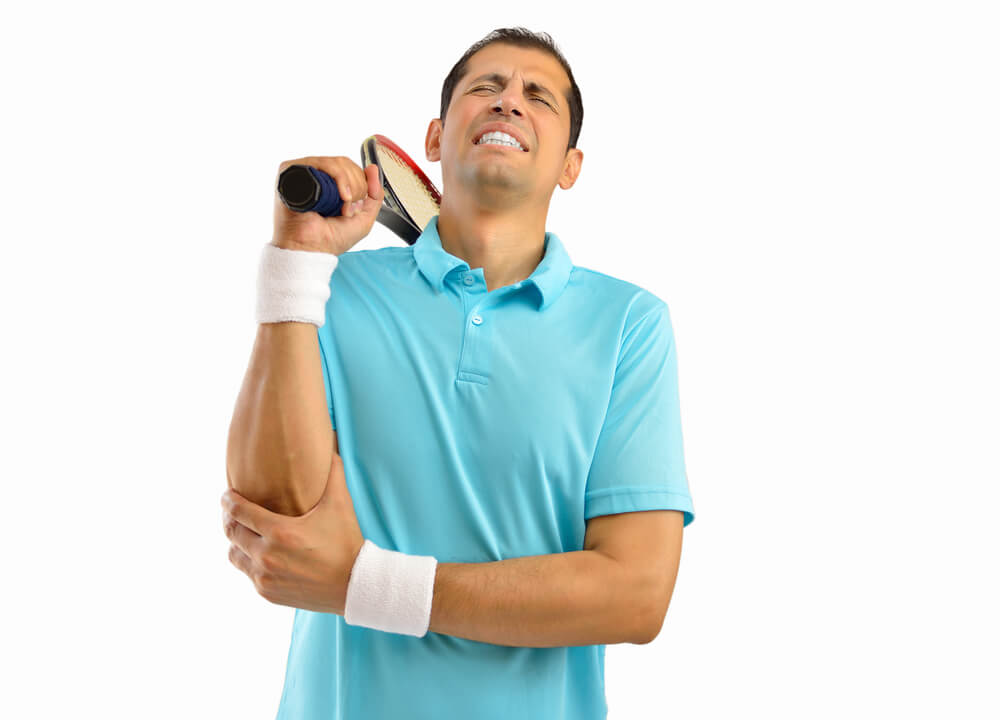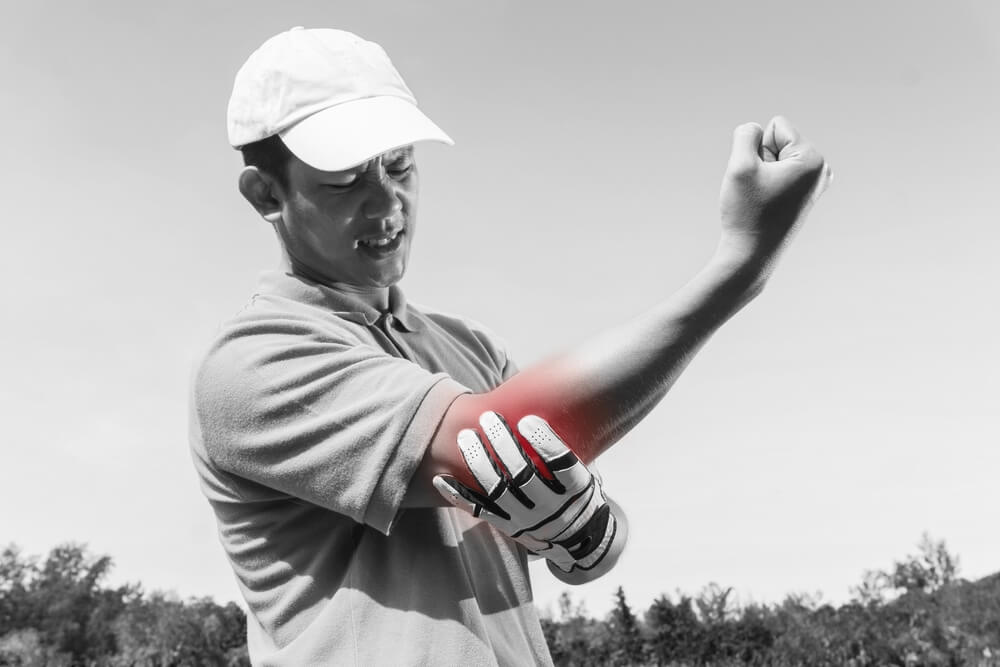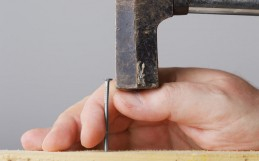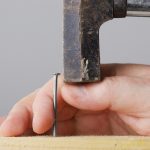Tennis and golf are both activities that involve a lot of torsion—and the same is true of sports like baseball, squash, and hockey. Playing these sports can create a variety of problems for athletes, especially as they get older OR if they don’t take care of themselves.
Two of the most common conditions for these torsion-heavy sports are tennis elbow and golfer’s elbow. Many people confuse these two conditions, but they are specific problems which should be treated differently. In this blog from Dr. Lee’s Health & Wellness Centre in Waterloo, we’ll go over the differences between tennis elbow and golfer’s elbow—and how you should treat both!
The Difference Between Tennis Elbow and Golfer’s Elbow
Both tennis elbow and golfer’s elbow are both considered forms of tendonitis. Tennis elbow is located on the outside of the elbow, while golfer’s elbow occurs on the inside. These conditions affect different tendons in the forearm: the lateral and the medial epicondyle.
You may hear your doctor call tennis elbow ‘lateral epicondylitis’ and golfer’s elbow ‘medial epicondylitis’—referring to the affected tendons.
The terms are a bit of a misnomer. Although tennis elbow is often caused by poor use of the backhand technique, it is a condition that can afflict golfers as well as other athletes. The same is true of golfer’s elbow—it is not limited to people who play golf!
Tennis Elbow — Causes, Symptoms
Tennis elbow is caused by repeated movements of the wrist and forearm. These movements create micro-tears where your external forearm tendon attaches to the bony bump at the back of your elbow. This damage can be the result of a poor tennis backhand (as mentioned above), or everyday activities such as painting, drilling, cutting up food, or using your computer mouse too much!
The primary symptom of tennis elbow will be pain in the outside of the elbow, which may extend up the forearm and into the wrist. This pain will tend to flare up when you contract your forearm muscles, even for simple activities like opening a door, shaking hand, or holding a glass of water.
Golfer’s Elbow — Causes, Symptoms
Golfer’s elbow is the result of repetitive motions in the wrist and fingers. Similar to tennis elbow (and other forms of tendonitis), this repeated strain will cause micro-tears in the tendon in question—in this case, the internal one in the forearm. Golfer’s elbow tends to be the result of improper technique when doing certain activities, such as pitching a baseball, lifting weights, putting excessive topspin on a tennis ball (or squash ball), and, of course, swinging a golf club!
Symptoms of golfer’s elbow include pain and tenderness in the inside of the elbow, as well as a general stiffness and weakness. Numbness in the extremities of the affected arm, particularly the ring and little fingers, is not uncommon. Many of the same activities that cause pain for people with tennis elbow will be problematic for golfer’s elbow. Other difficult activities will include picking up heavy objects, flexing your wrist, and swinging a golf club or racket.
How to Prevent Tendonitis
Maintaining a proper warm-up routine is important. Do the appropriate stretches for your activity and you are unlikely to get seriously injured. You may feel stiff the next day, but that’s normal. If physical discomfort lasts for more than a few days, then you should get yourself checked out.
As you get older, sprains and strains will become more common. Your muscles will get less elastic, and having a good warmup and cooldown will become more important—especially on cold days in the fall! For golfer’s, 18 holes can become an issue for the joints. Maybe switch to 9 holes after a certain age? Or use a golf cart! For tennis players, you may want to only play a single set.
Suffering from elbow pain? Contact Dr. Lee’s Health & Wellness Centre in Waterloo to see if you have tennis elbow or golfer’s elbow.







